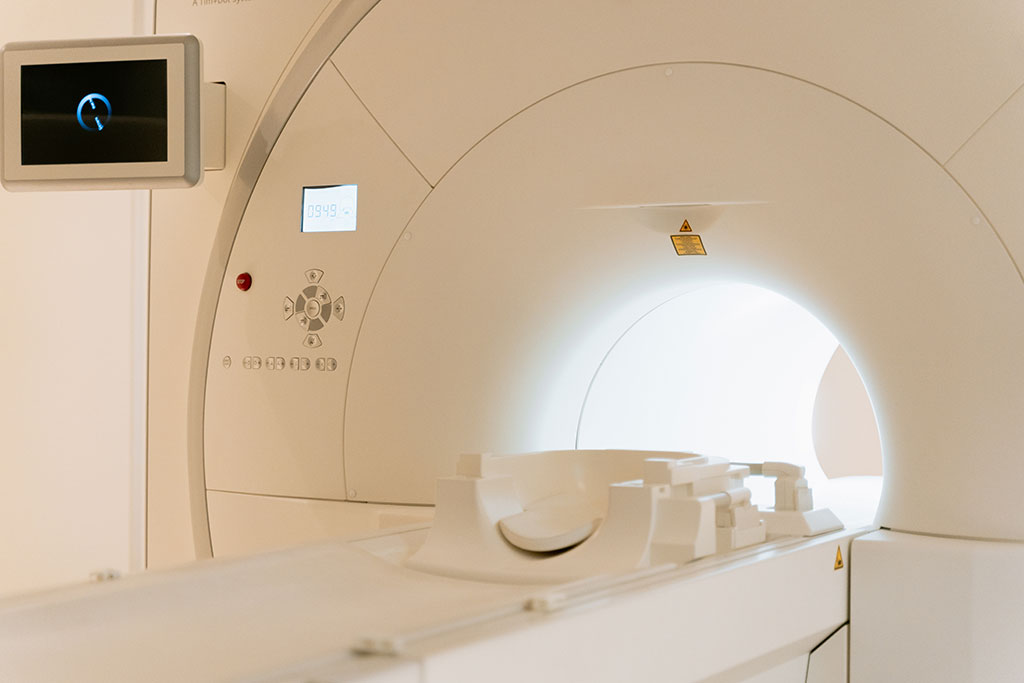New Guidance Recommends Coronary CTA as First-Line Test when Treating Acute Chest Pain in ED
Posted on 04 Oct 2022
Diagnosis and triage of emergency department (ED) patients with suspected acute coronary syndrome (ACS) consume a large and increasing amount of healthcare resources. ED overcrowding is associated with adverse outcomes for acute chest pain (ACP) patients, and consequently rapid triage has both health and economic consequences. Further, the consequences of missing ACS are both a source of morbidity and mortality in such patients and remain a source of significant malpractice litigation. Therefore, expeditious, safe evaluation of ACP is a pressing need to increase ED efficiency, contain costs and improve outcomes. Coronary computed tomographic angiography (CCTA) is a proven strategy to safely expedite diagnosis and limit resource utilization for patients presenting with acute chest pain in the ED with no known prior coronary artery disease. The clinical value of CCTA in this setting is well-validated in numerous randomized-controlled trials.
The Society of Cardiovascular Computed Tomography (SCCT, Arlington, VA, USA) has now released an expert consensus document detailing standards of practice for CCTA use for patients presenting with ACP to the ED. Endorsed by the American College of Radiology (ACR, Reston, VA, USA) and the North American Society for Cardiovascular Imaging (NASCI, East Dundee, IL, USA), the document outlines the benefits of CCTA as the first-line test for ACP and provides recommendations for appropriate patient selection, preparation, protocol selection, interpretation, reporting and patient management based on clinical evidence and expert consensus.

The guidance is supported by data from eight randomized controlled trials and five meta-analyses validating the utility of CCTA in the ED. Over the past decade, CCTA has established itself as a first-line imaging strategy for rapid triage of patients with low-to-intermediate risk ACP in the ED. CCTA offers rapid evaluation of the degree of coronary stenosis and atherosclerosis, allows significant reduction in time-to-discharge, and ensures high risk patients are appropriately triaged to cardiac catheterization.
Rapid chest pain triage also limits nosocomial infection transmission between patients and medical staff, which is of particular importance during the COVID-era. In the ED setting, the high accuracy of CCTA is driven by its high sensitivity and negative predictive value for detecting or excluding obstructive coronary artery disease, particularly among patients with low-to-intermediate pretest risk for ACS. CCTA is now a recognized frontline test for ACP triage, endorsed with the highest possible rating (Class I, Level of Evidence A) in the 2021 AHA/ACC Guideline for the Evaluation and Diagnosis of Chest Pain
"This document serves as a framework for hospitals and emergency departments looking to implement and expand their coronary CTA programs,” said Christopher Maroules, MD, FSCCT, lead author. “With the detailed operational guidelines and best practices outlined in this document, physicians and administrators will be equipped to leverage the maximum value of this pathway, improving health outcomes for their patients, decompressing busy emergency rooms and lowering healthcare costs. We've finally passed the inflection point where coronary CTA can be considered the new ‘standard of care’ for acute chest pain triage in patients with low-to-intermediate risk for acute coronary syndrome (ACS)."













